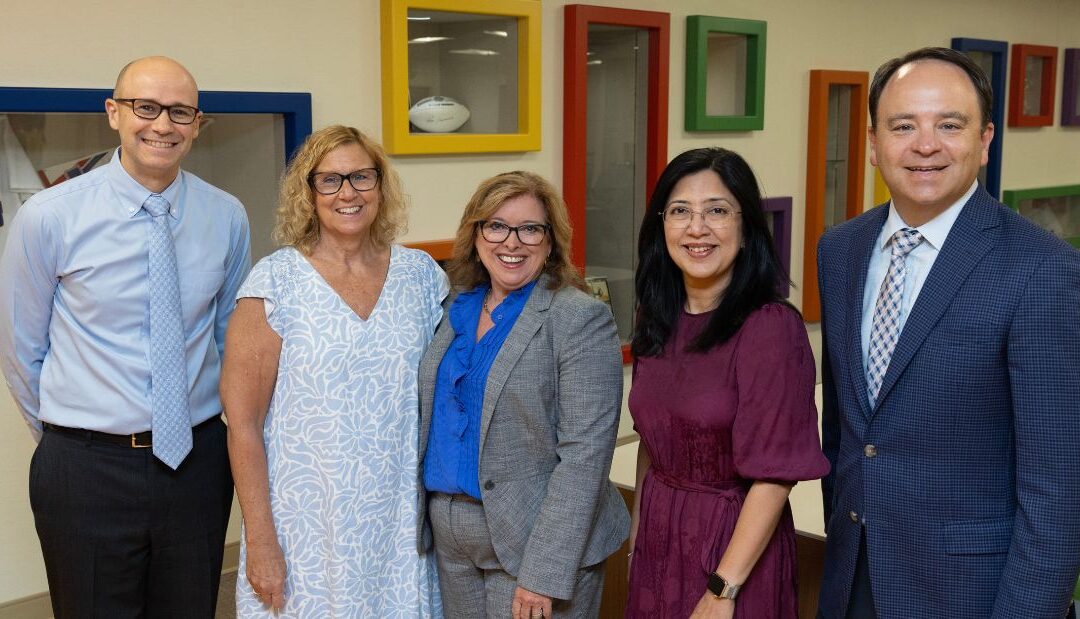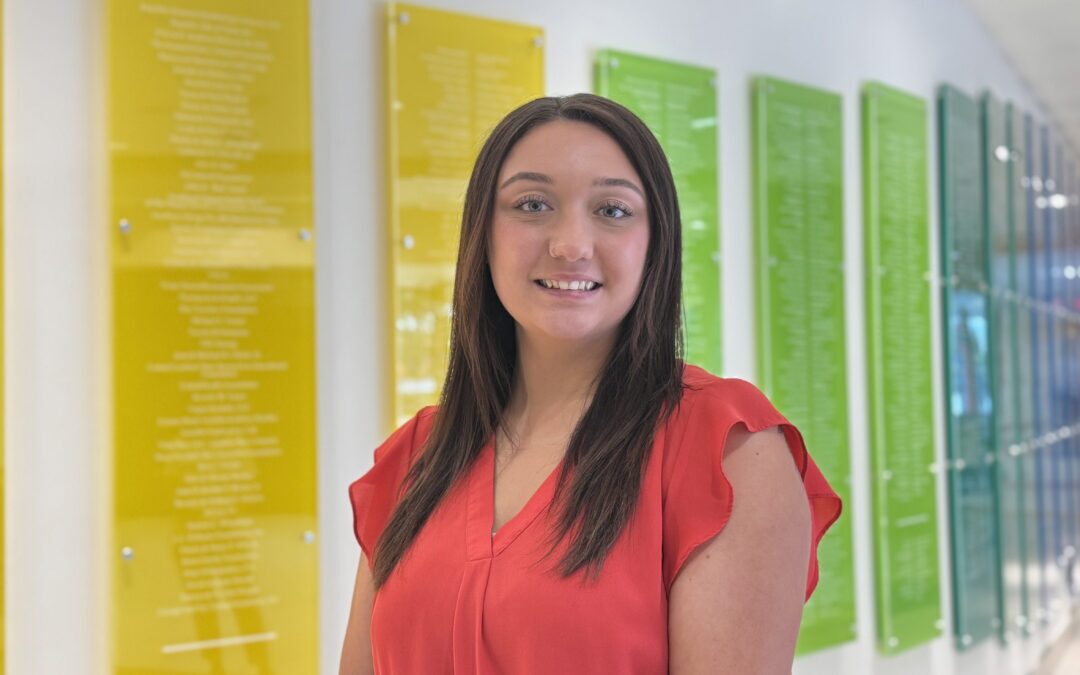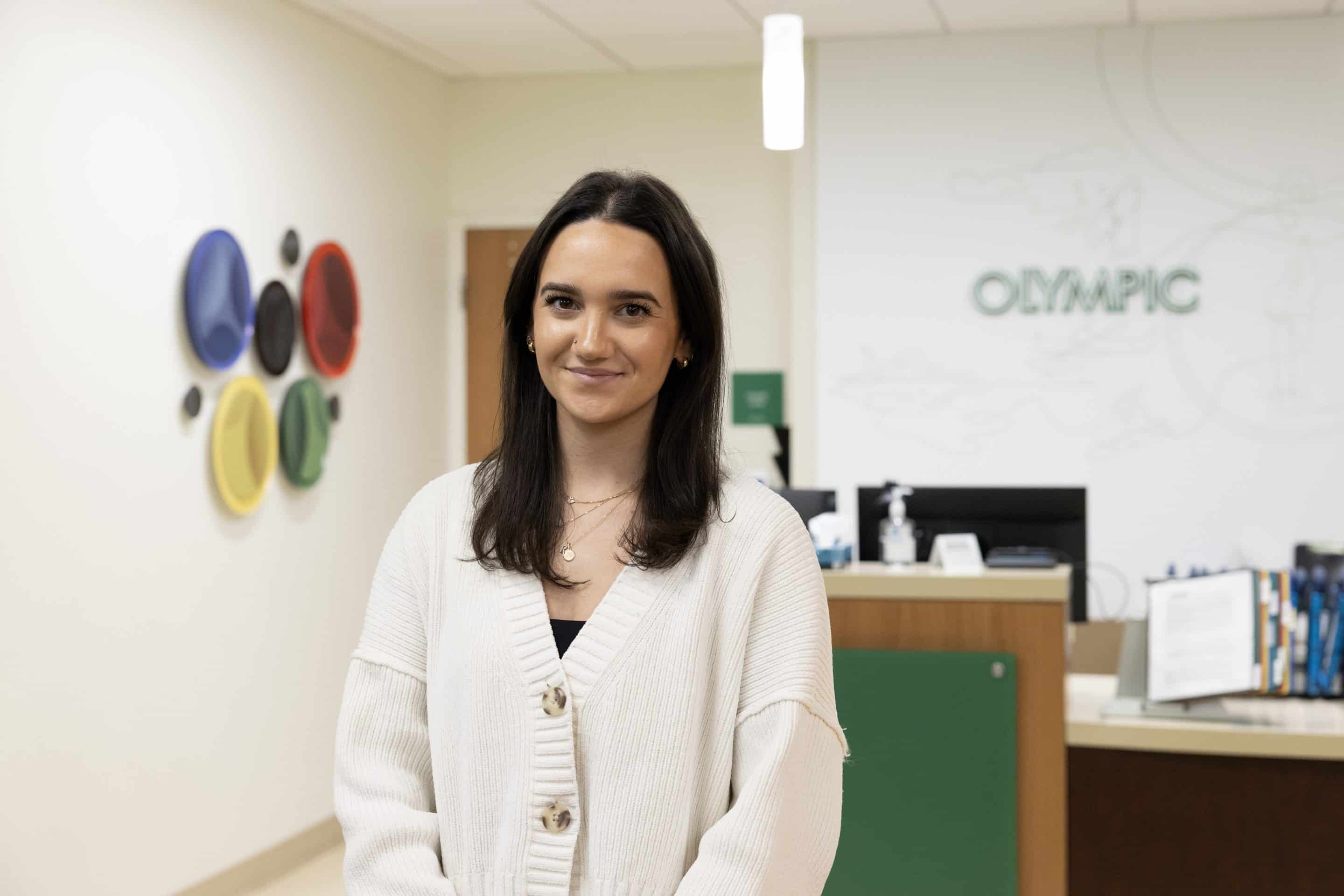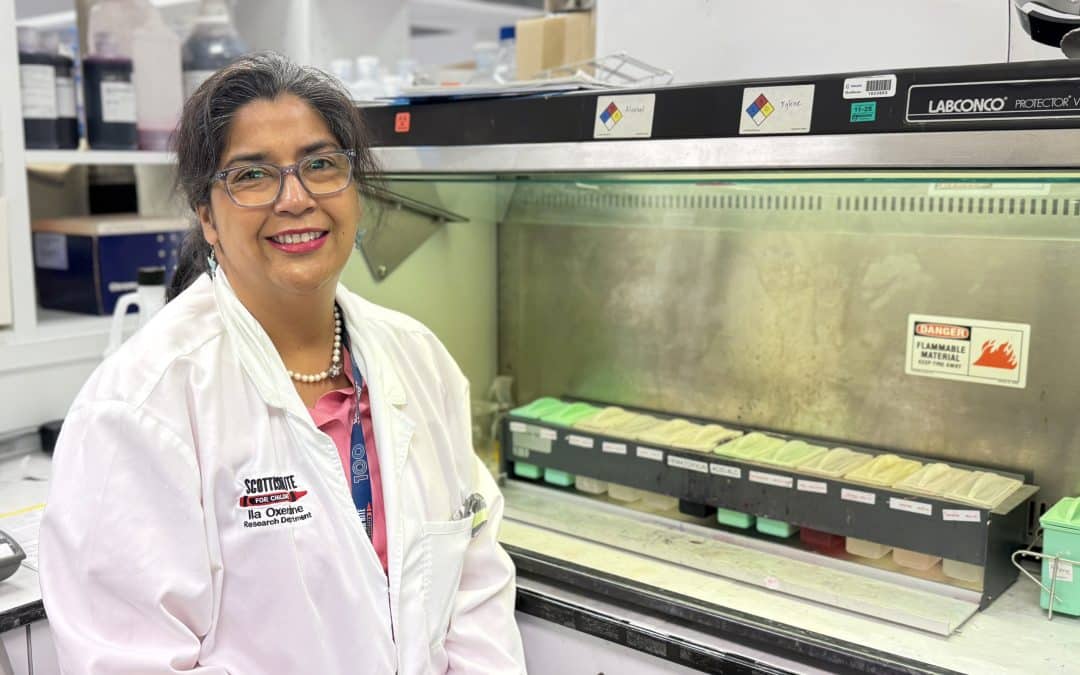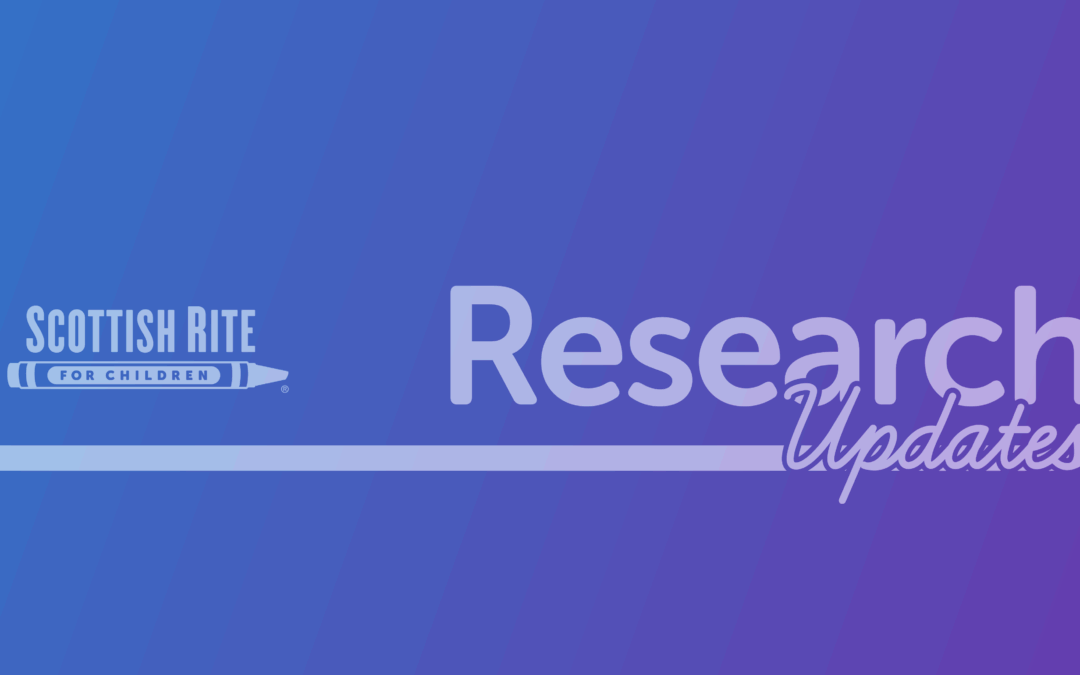
Scottish Rite for Children Physicians Earn Top National Research Honors
Scottish Rite for Children is proud to announce our physicians have received three of the most prestigious awards in pediatric orthopedic research in 2025 — the POSNA Best Clinical Research Paper Award, the SRS Hibbs Award and the PRiSM Hank Chambers Award for Best Scientific Presentation. Earning all three in the same year is a rare and extraordinary recognition of the impact our doctors are making on children’s health.
These awards are significant because they highlight research that transforms the way children are cared for. They recognize studies that provide new evidence, guide treatment decisions and directly improve outcomes for patients and families. By earning top honors at the most respected academic meetings in our field, Scottish Rite physicians are advancing knowledge that directly translates into better outcomes for patients.

POSNA Best Clinical Research Paper Award — Daniel J. Sucato, M.D., M.S., and David A. Podeszwa, M.D.
This honor was awarded by the Pediatric Orthopaedic Society of North America (POSNA) to a study led by chief of staff Daniel J. Sucato, M.D., M.S., and pediatric orthopedic surgeon and clinical director of the Center for Excellence in Limb Lengthening and Reconstruction David A. Podeszwa, M.D. Their research, Open vs Closed Treatment for Unstable Slipped Capital Femoral Epiphysis (SCFE): A Randomized Control Trial Comparing Outcome and Complications, compared two surgical approaches for treating this serious hip condition. The study found that the open surgical approach resulted in better outcomes and fewer reoperations compared to the closed approach, while the risk of avascular necrosis remained low in both groups. For families, this means children facing SCFE have a better chance of preserving hip function, avoiding additional surgeries and enjoying a higher quality of life.

SRS Hibbs Award — Amy L. McIntosh, M.D., Karina Zapata, Ph.D., and Charles E. Johnston, M.D.
This honor was awarded by the Scoliosis Research Society to a study led by pediatric orthopedic surgeon Amy L. McIntosh, M.D., senior scientist Karina Zapata, Ph.D., and assistant chief of staff emeritus Charles E. Johnston, M.D. Their research, Wait to Operate: Surgery Demonstrated No Pulmonary Benefit Compared to Non-Operative Treatment in EOS Patients, reviewed nearly 20 years of data and found that pulmonary function declined at similar rates whether patients had surgery or were treated non-operatively. For families, this helps set realistic expectations and supports individualized care planning, ensuring treatment decisions balance risks and benefits for each child.
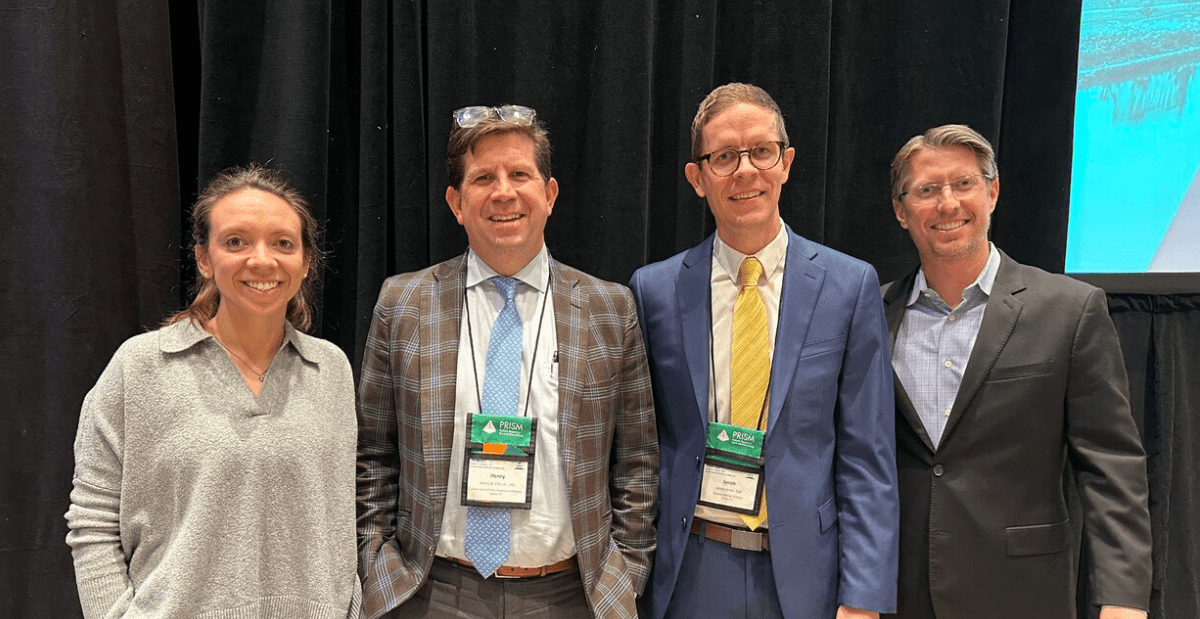
PRiSM Hank Chambers: Best Scientific Presentation — ROCK Study Group, Henry B. Ellis, M.D.
The Hank Chambers Award for Best Scientific Presentation at the Pediatric Research in Sports Medicine (PRiSM) Annual Meeting was presented to the Research in Osteochondritis of the Knee (ROCK) Group, represented by pediatric orthopedic surgeon, medical director of clinical research and program director for the Orthopedic Sports Fellowship Henry B. Ellis, M.D., for their study The Role of Unloader Bracing in Non-Operative Treatment of Stable Medial Femoral Condyle Osteochondritis Dissecans: An Analysis of the ROCK Study Cohort. The ROCK Group is a collaborative, multidisciplinary research organization dedicated to advancing knowledge in osteochondritis dissecans.
Ellis and assistant chief of staff and director of the Center for Excellence in Sports Medicine Philip L. Wilson, M.D., are primary contributors to the group, with Ellis set to become its president this winter. The study found that the use of valgus unloader bracing did not improve healing or patient-reported outcomes compared to other non-operative treatments. For families, this provides clearer guidance on when bracing may or may not help, ensuring treatment plans are evidence-based and tailored to each child.
Advancing Research, Improving Care
Winning these awards in the same year underscores Scottish Rite’s role as a national and global leader in pediatric orthopedics. Our research is not only shaping the field but also helping children and families receive the very best care here in Dallas and around the world.


